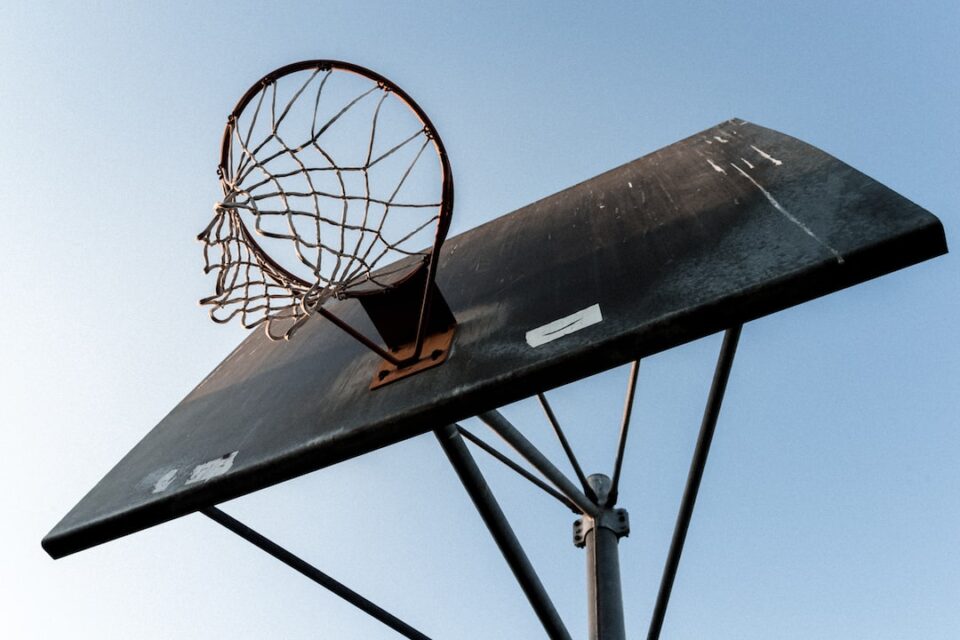Athletes know that rest and recovery are critical components of any training regimen. Proper rest and recovery can help athletes reduce their risk of injury, improve their performance, and promote overall physical and mental health. With advances in science and technology, we now have a better understanding of how rest and recovery work and how to optimize them to maximize athletic performance.
Sleep is one of the most important components of rest and recovery. When we sleep, our body repairs and regenerates tissues, cells, and organs. It is also during sleep that our brains consolidate memories and processes information. Athletes, especially those who engage in intense physical activity, require more sleep than the average person. According to the National Sleep Foundation, adults should aim for 7-9 hours of sleep each night, but athletes may need up to 10 hours to support their recovery needs.
There are several best practices athletes can follow to optimize their sleep for rest and recovery. Athletes should establish a consistent sleep schedule, even on the weekends. They should also create a sleep-conducive bedroom environment, which may include keeping the room cool, dark, and quiet. Limiting exposure to electronic screens (TVs, phones, tablets) for at least an hour before bed is also recommended, as the blue light can interfere with sleep quality.
Nutrition is another critical component of rest and recovery. Athletes need to fuel their bodies with the right nutrients to support their physical activity, repair and regenerate tissues, and promote overall health. Proper nutrition can also help athletes recover faster from exercise and reduce their risk of injury.
Athletes should aim to consume a balanced diet that includes a variety of whole foods such as fruits, vegetables, lean proteins, complex carbohydrates, and healthy fats. Proper hydration is also critical for proper recovery, and athletes should aim to consume plenty of water or sports drinks throughout the day.
Active recovery, or low-intensity exercises such as yoga, swimming, or light jogging, can also help athletes recover faster after intense physical activity. Active recovery promotes blood flow, which can help reduce muscle soreness and improve overall recovery time. Athletes should aim to incorporate active recovery exercises into their training regimen, especially on rest days.
Finally, psychological recovery is just as important as physical recovery. Athletes must learn to manage their stress levels, as chronic stress can negatively impact their physical health and performance. There are several techniques athletes can use to manage their stress levels, including mindfulness practices such as meditation, deep breathing exercises, and visualization.
In conclusion, rest and recovery are critical components of any athlete’s training regimen. By optimizing sleep, nutrition, active recovery, and psychological recovery, athletes can reduce their risk of injury, improve their performance, and promote overall physical and mental health. Following these best practices for rest and recovery can help athletes achieve their goals and reach their full potential.

